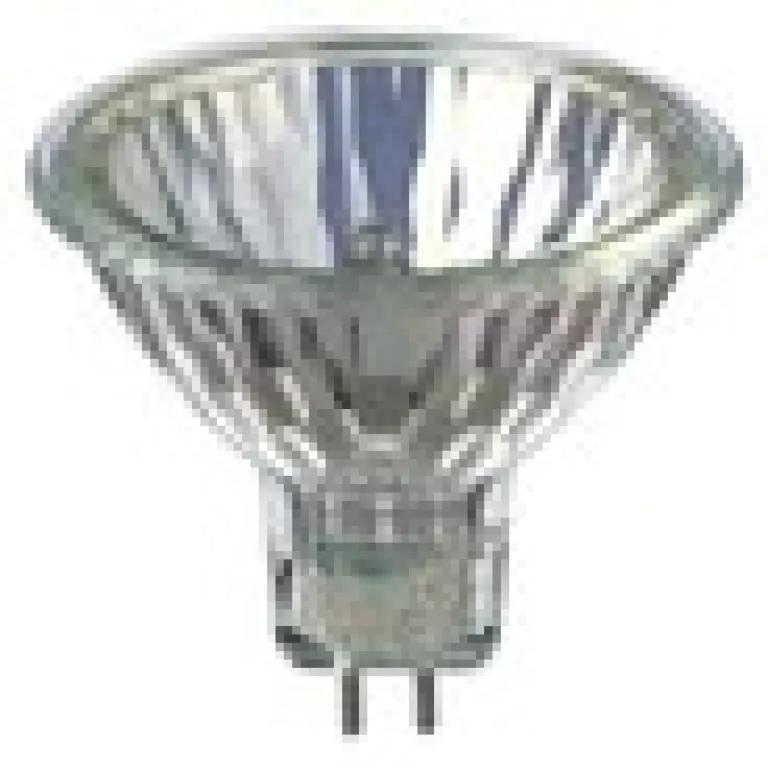
The California Energy Commission announced today it will establish new energy efficiency standards for 15 product categories, ranging from water faucets to the light bulbs that go into small recessed cans, and consumer electronics like computers, monitors, modems and Wi-Fi routers. Once in full effect, these standards will save an estimated $2 billion in avoided annual electricity bills and avoid the need to build three new large power plants and the harmful pollution they would generate.
They will also save 162 million therms of natural gas according to the commission, mostly from reducing the waste of hot water in faucets. This is enough natural gas to heat all the households in the city of San Jose for one year.
|
Water-using products |
Lighting |
Electronics |
Pool Pumps and miscellaneous |



This good news builds off a 30-year record of setting groundbreaking efficiency standards that have already saved Californians more than $40 billion on their energy bills. We encourage the commission to increase those savings by moving forward quickly to complete standards for the products announced today. Because California is home to one in eight U.S. residents, manufacturers who improve their products to sell them in the Golden State also often sell the upgraded versions across the nation and sometimes the world.
Along with saving energy, some of the standards will also save water, which will provide valuable relief at the tap during droughts like the one being experienced currently. While it takes a great deal of energy to move water across the state to our homes, the standards for water-using products like faucets and toilets also will save a total 50 billion gallons annually or as much water as the residents of San Diego use in an entire year.
Electronics products on a slower track
The Energy Commission put electronics products like computers, monitors, game consoles and routers on a slower track, with draft standards due in November 2014 and February 2015. While this may look like a delay, the reality is that electronics are complex products, and releasing draft standards by November 2014 will require significant work by the commission before then. In order to discuss the merits of stakeholder proposals submitted last summer and facilitate the development of draft standards, CEC should hold stakeholder workshops on electronics products before November. This will help finalize standards for these products as soon as possible next year.
Electronics products represent nearly half of the electricity savings potential of the 15 product categories included in this rulemaking. Large and cost-effective energy savings opportunities remain available in many of today’s electronics products as demonstrated daily on mobile electronic devices, due to strong market drivers for longer battery life. Efficiency standards are necessary to extend the use of these low-power technologies to stationary consumer electronic products such as computers, displays and video game consoles. This will not only save energy, it will also support California jobs because many of the latest energy-saving technologies are invented right here in California.
History of success
Let’s not forget: California has a long history of setting equipment standards, dating back to fridges and recently included electronics products such as power adapters, TVs, and products with rechargeable batteries. These wildly successful standards were passed despite strong opposition from some industry representatives and their unfounded predictions of higher prices, job losses, and empty shelves. None of these catastrophic visions came true.
In fact, today’s TVs cost half of what they did back in 2008, while using 60 percent less energy, in large part to California’s groundbreaking TV standards that went into effect in 2011. California’s power adapter and battery charger standards drove change not only in the United States, but also helped transform worldwide markets.
The big picture
The commission originally had 17 products under consideration in the categories of electronics, lighting, water devices, and “miscellaneous” appliances (such as hot tubs). Today’s list includes 15 products in five groups:
- Group 1, with draft standards due in April 2014: faucets, toilets, urinals, air filters, and dimming ballasts.
- Group 2, draft standards due May 2014: LED lamps and small diameter reflector lamps.
- Group 3, draft standards due in August 2014: pool pump motors and portable electric spas (hot tubs).
- Group 4, draft standards due in November 2014: computers, monitors and displays.
- Group 5, draft standards due in February 2015: network equipment (modems and routers), game consoles, and commercial clothes dryers.
Set-top boxes are not included in the commission’s schedule because they are already being addressed by the national voluntary agreement signed last December by industry and energy efficiency advocates; and water meters were abandoned due to lower savings opportunities.
The future
While today’s announcement is welcome, it is critical that the commission develops these standards without delays, particularly for those product categories with the largest energy savings potential, including consumer electronics, lighting, and pool pumps. The Energy Commission needs to build on its legacy and continue to tackle the biggest opportunities for energy savings in plug-in equipment in California homes and businesses, including computers, monitors, signage displays, and game consoles. NRDC will be there every step of the way.
The CEC has a fact-based rulemaking process that ensures its standards are technically feasible and save consumers money over the life of the product. Standards cut energy waste, which means utilities don’t have to generate as much electricity from dirty fuels that pollute our air and warm our climate. Plug-in electronics represent one of the largest and most cost-effective opportunities to reduce the state’s dependence on fossil fuels and take stress off the electricity grid, while saving consumers and businesses money and supporting California jobs.
